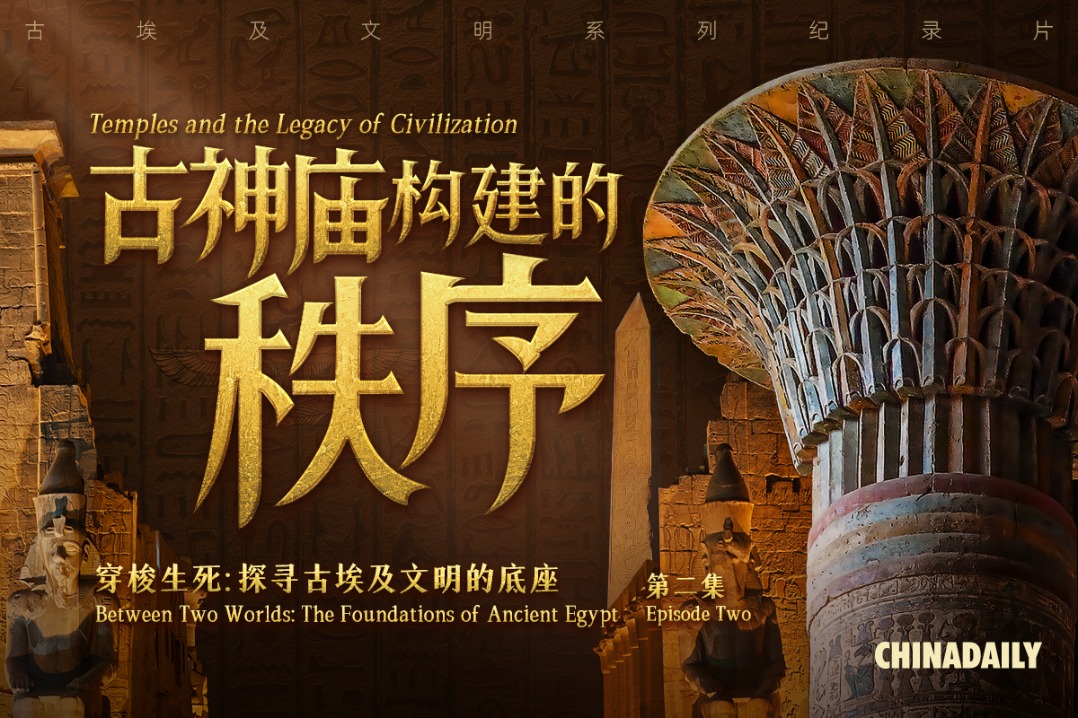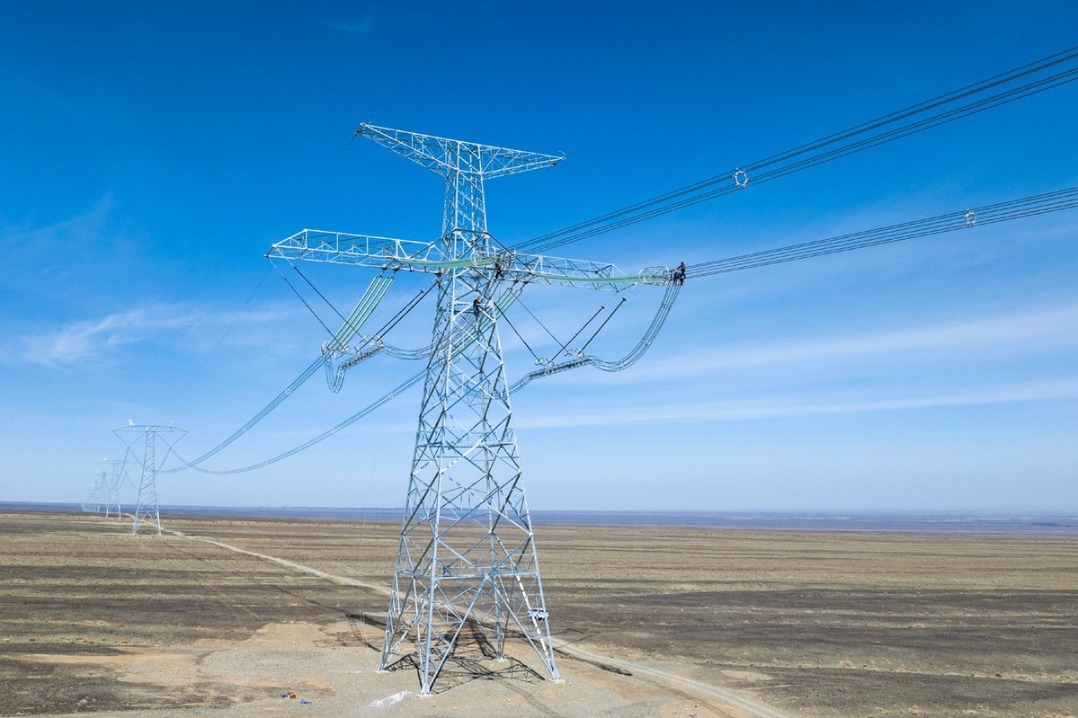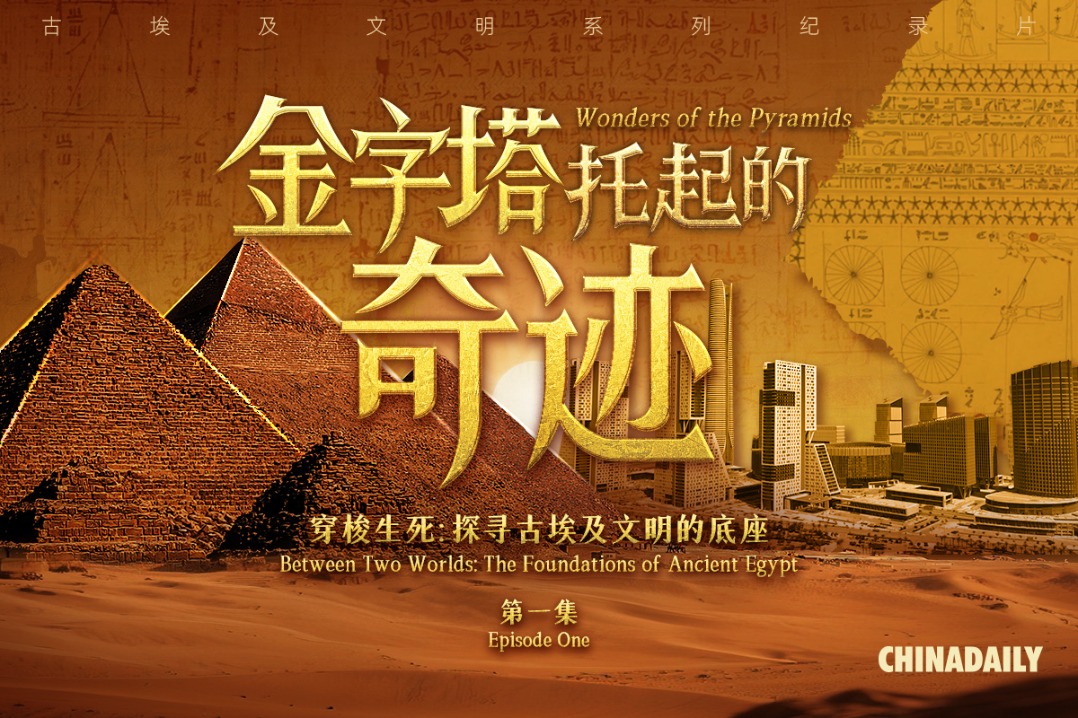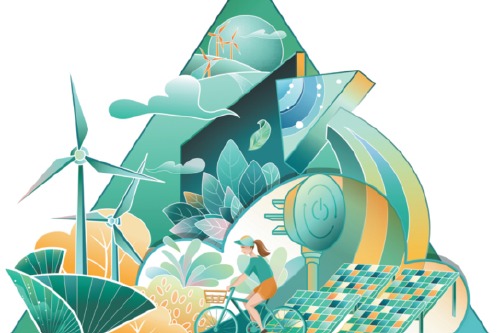Rare earth curbs rightly remain in place: China Daily editorial

Despite the great lengths the United States has gone to in a bid to diversify its suppliers of rare earths and other key mineral resources, it still relies on China, the world's largest rare earths producer and exporter, for them.
Recent discussions about whether China might adjust its export policies on strategic minerals have drawn global attention, but its authorities have clarified that existing restrictions will continue.
A spokesperson for the Ministry of Commerce told the media on Wednesday that the national export control coordination mechanism office has now strengthened the full-chain control of strategic mineral exports, emphasizing its focus on compliance and lawful trade. The office held a special meeting in Changsha, Hunan province, on Monday to deploy relevant measures to plug the loopholes in the illegal outflow of strategic minerals.
The full-chain supervision system involves strict monitoring of the mining, smelting, processing, transportation, manufacturing, sales and exports of strategic minerals. Local governments are expected to speed up the registration and record-keeping of enterprises related to strategic minerals in their locality, and ensure that the control measures are implemented as required.
Since China implemented export controls on strategic minerals such as gallium, germanium, antimony, tungsten, and medium and heavy rare earths, some overseas entities have colluded with domestic personnel acting illegally to continuously change the smuggling methods for the strategic minerals in an attempt to evade the export restrictions.
Authorities noted that evolving tactics to circumvent these policies have necessitated tighter oversight. And these steps align with efforts to standardize international trade practices.
While some foreign analyses have drawn parallels to recent global trade dynamics, China's measures are taken with the purpose of safeguarding resources and national interests, reflecting a long-term strategy for strengthening security and boosting sustainable development.
The US has expressed concerns about the impact of the restrictions on industries ranging from defense to renewable energy, given China's dominant role in rare earths processing. More than 90 percent of rare earths are currently smelted and processed by China.
But the US should reflect on the dilemma that is of its own making. China has every reason to impose the restrictions given the harsh boycotts and sanctions imposed on it by the US and its allies in almost all strategic sectors.
China unveiled regulations strengthening the administration of rare earths in June last year. The regulations, which came into force in October, specify punishment for illegal activities in areas such as rare earths mining, smelting and extraction, product distribution, as well as unlawful imports and exports. Also, China released stricter export control measures on certain items related to seven types of medium and heavy rare earths on April 4, after the US raised its punitive tariffs on Chinese goods to exorbitant levels.
That China suspended its unreliable entity measures against dozens of US entities for 90 days, starting on Wednesday, aligns with the consensus reached at the Geneva trade talks between China and the US, and indicates China's sincerity in trying to improve bilateral relations. The move means China has actually broadened the US' access to its dual-use minerals during that period. But the US entities must behave themselves during the 90-day window of opportunity to show they are not intent on challenging China's red lines.
It should be clear to all countries that as long as entities are not engaged in activities that undermine China's sovereignty, national security or development interests, the export control measures will not affect their normal business operations and trade activities, let alone the stability and security of international industry and supply chains.
Like any other country, China will never allow the party eating from its bowl to smash the pot.


































